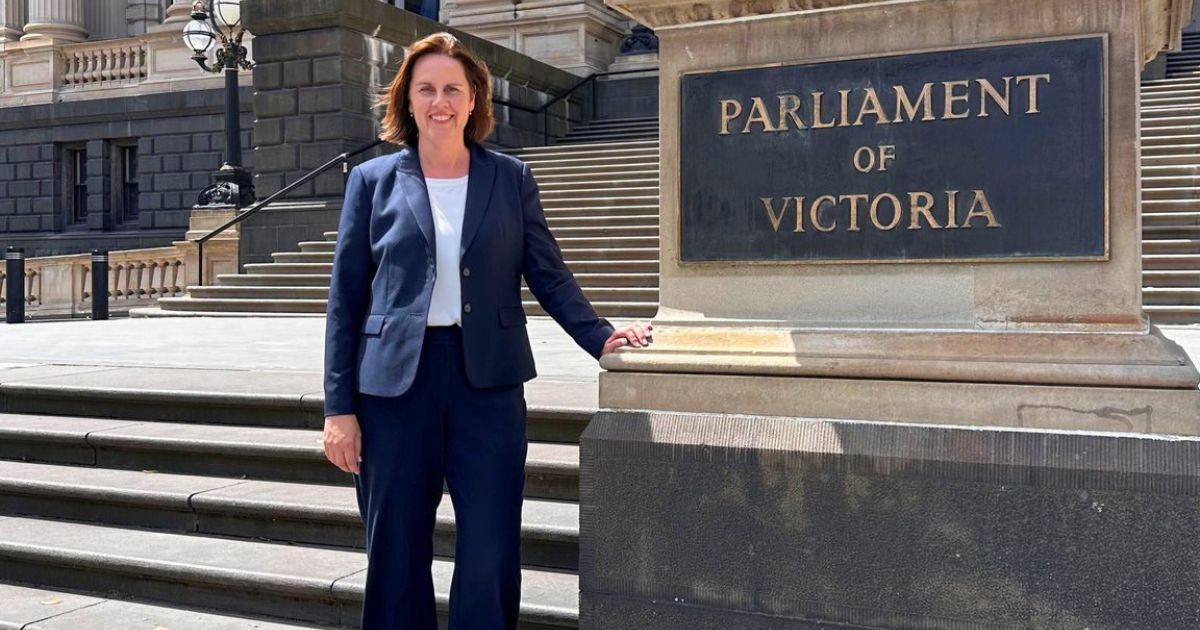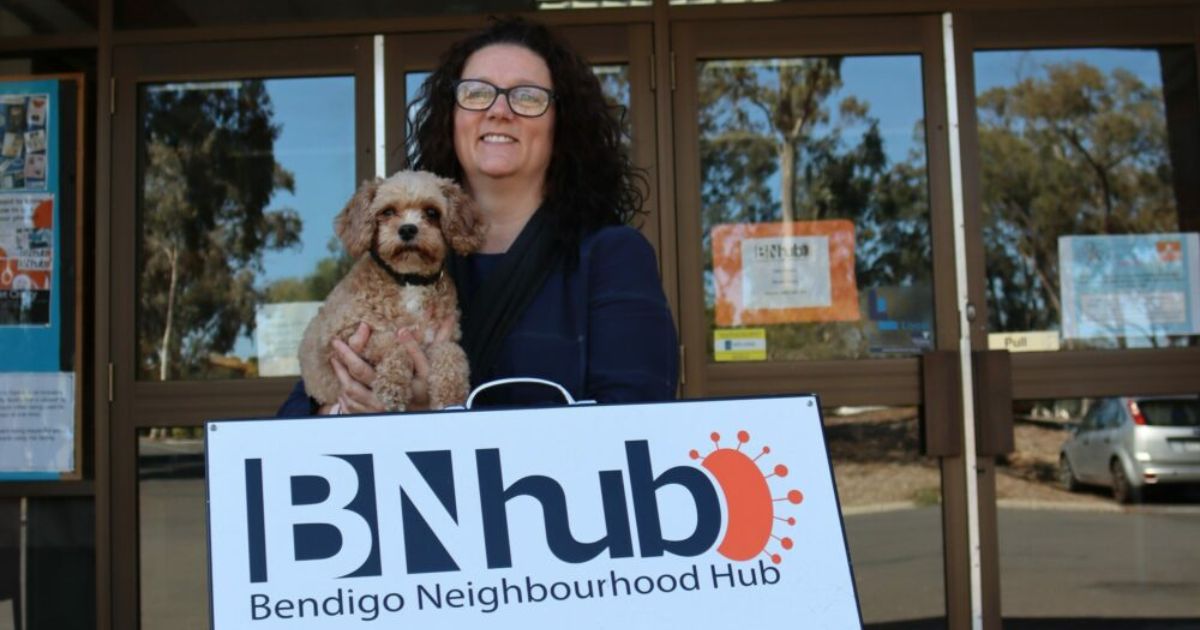Taking a closer look at contact tracing

On call: Emma Vains’ job can also include working with interpreters and providing resources around supports and welfare to people going into quarantine. Photo: SUPPLIED
WHEN regional Victorian locations were listed as exposure sites in the recent COVID-19 outbreak, it triggered a wide-scale contact tracing effort.
Acting operations lead of the Loddon Mallee Public Health Unit Emma Vains guided her team through their efforts in the region, and said they’d been preparing for future outbreaks.
“We’d been building our team in preparation for this sort of thing, so we have been employing people, we’ve been training people, we’ve been practicing scenarios.
“Everyone that is employed puts their hand up with ‘if there’s something happening, we’re all in’ and they’re an amazing group of people,” she said. “There’s just no questions asked.
“You often find things out after hours and people just step up and do what they’ve got to do to do things really quickly.”
This process includes calling close contacts and businesses involved in an outbreak, interviewing them to find out about their movements and providing them with information they might need to isolate and quarantine away from others.
While time is of the essence, Ms Vains said it’s also important to develop trust with the person on the other end of the line.
“You can ring a case or a contact back multiple times,” she said.
“You build up a level of trust and rapport with them so that they know that you’re not using any of the information for any other purpose except to inform other individuals that might have come in contact so that testing and quarantining can happen.
“It is a very personal thing. No one wants to think that they’ve spread something or infected their family.
“There’s a level of fear and you need the information but there’s a human on the other end of the line that, through no fault of their own, is caught up in something that they don’t have a lot of control over.”
Ms Vains said the team engaged their surged workforce last month to allow for extra contact tracers to work on the outbreak, and during these peak periods staff make sure to help one other.
“It’s like anything in healthcare,” she said. “You support each other.
“Whenever we debrief on a case, we will debrief from a perspective of both how that case might need to be further supported but you also debrief on ‘you’ve had a couple of really testing calls, you’ll need a coffee run or you’ll need to get out in the open air’.”
While the current outbreak remains contained in regional areas of the state, Ms Vains said her contact tracing team “are forever looking at improving”.
“We’ll also be working towards, in downtimes, continuing to grow our surge workforce but also to build their skill set and keeping them engaged.
“When we’re not in a surge you don’t want people sitting there doing nothing, but you do want to have them engaged so that when we hit that surge, they actually hit the ground running.”


















